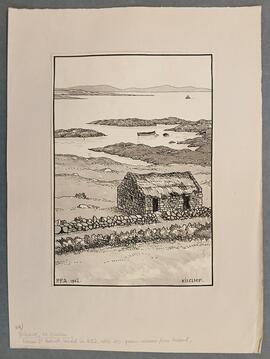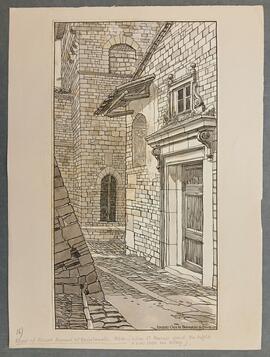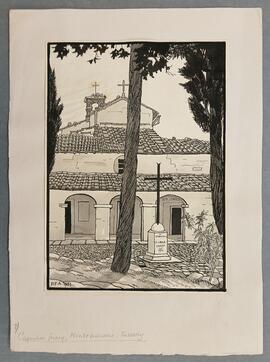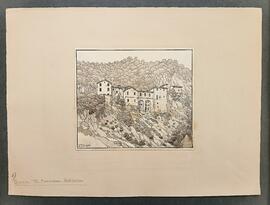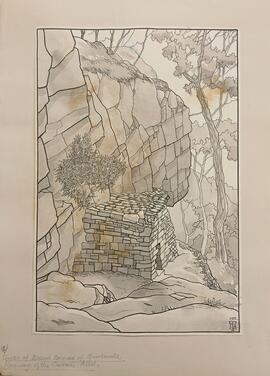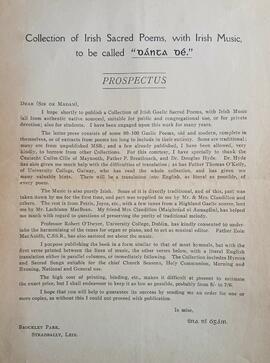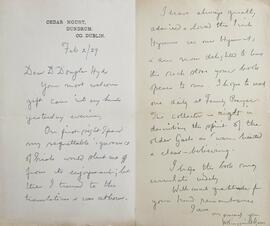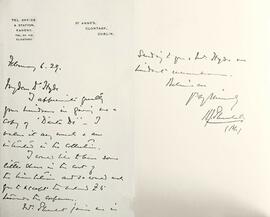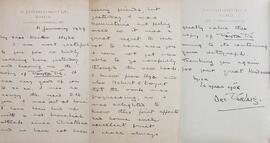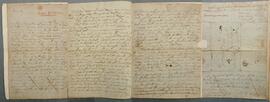A drawing of the coastline at Kilclief in County Down where, according to tradition, Saint Patrick founded a church. The illustration is dated and initialled by Peter Frederick Anson. The illustration is titled ‘Kilclief, County Down where St. Patrick landed in 432 after 20 years’ absence from Ireland’.
A drawing of the house of Blessed Bernard of Quintavalle in Assisi in Italy. Bernard of Quintavalle (died 1241) was one of the first followers of Saint Francis of Assisi.
A drawing of the Capuchin friary in Montepulciano in Tuscany in Italy. The illustration is dated and initialled by Peter Frederick Anson.
A drawing of the Sanctuary of Greccio in Italy. The illustration is dated and initialled by Peter Frederick Anson. An annotation in pencil refers to Greccio as the ‘Franciscan Bethlehem’.
A drawing of the grotto of Blessed Bernard of Quintavalle near Assisi in Italy. The illustration is dated and initialled by Peter Frederick Anson. An annotation in pencil reads ‘Hermitage of the Carceri, Assisi’.
A prospectus compiled by Úna Ní Ógaín (Agnes Young) for her forthcoming publication titled ‘Dánta Dé’, a collection of sacred Irish poems, with music. The prospectus outlines the content of the book along with information on her various collaborators.
Letter from Canon Henry Kingsmill Moore, Cedar Mount, Dundrum, County Dublin, to Douglas Hyde, thanking him for the copy of ‘Dánta Dé’ and commending the publication.
A letter from Bishop Benjamin John Plunket, St. Anne’s, Clontarf, Dublin, to Douglas Hyde thanking him for the copy of ‘Dánta Dé’ and forwarding £5 towards the cost of the translation.
A letter from Arthur Warren Darley, 18 Northumberland Road, Ballsbridge, Dublin, to Douglas Hyde thanking him for the signed copy of ‘Dánta Dé’ and expressing his regret that he did meet him in person. Darley also refers to ongoing issues with bronchiectasis.
A letter from Rev. Martin Sherlock to J[ohn] Nichols, printer, Red Lion Court, Fleet Street, London. The letter mentions money issues and references his literary talents. Sherlock writes ‘I could write very successful books; and what very few men can do (what no man ever has done, except myself), I could write books in French that would succeed in France; and books in English that would succeed in England’. He also affirms that he has ‘the greatest wish and desire to write, but my fortune will not let me’. A faded pencil annotation on the first page reads ‘Martin Sherlock … author of the ‘Letters of an English Traveller’ (‘Lettres d’un Voyageur Anglois’, published in 1779).
